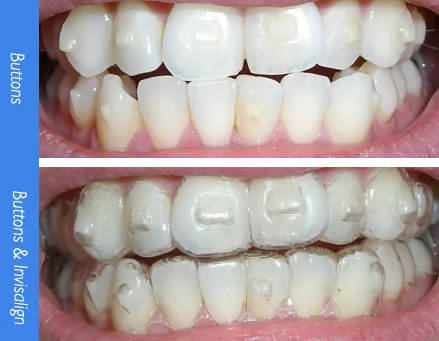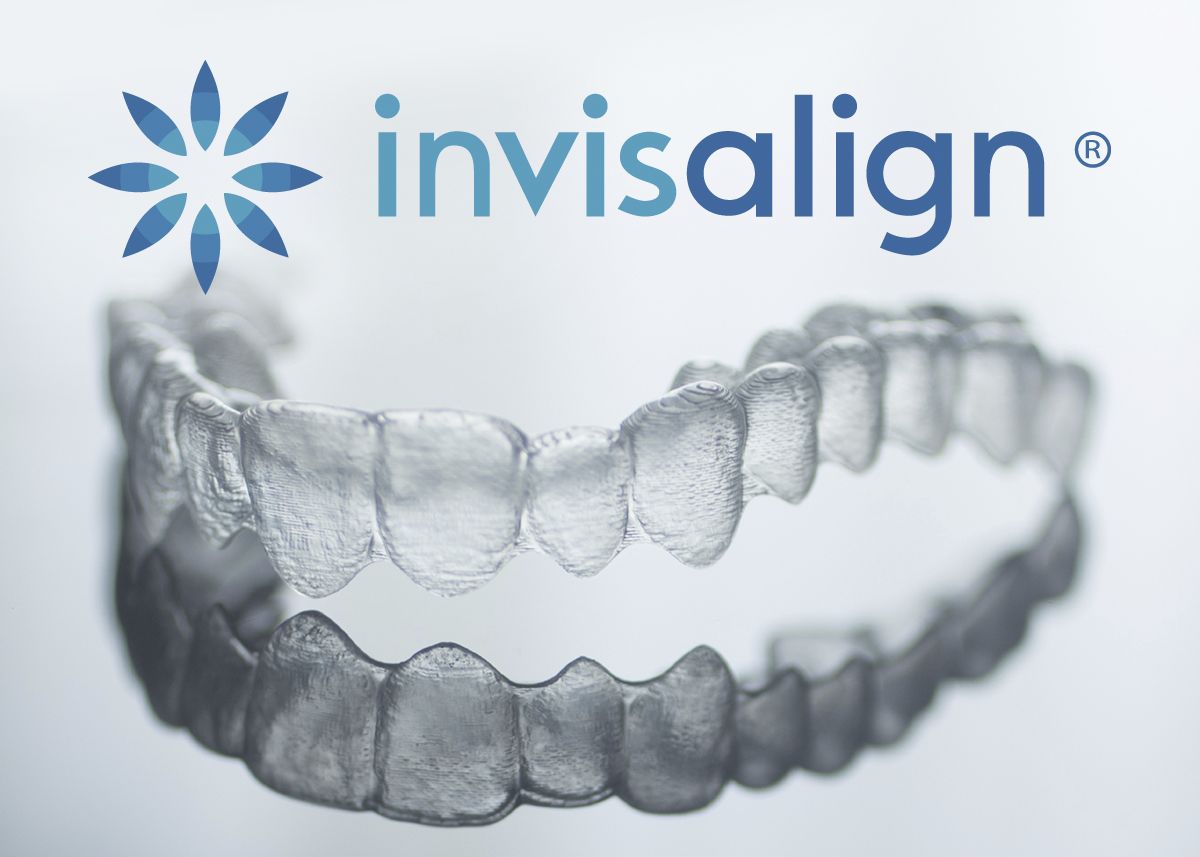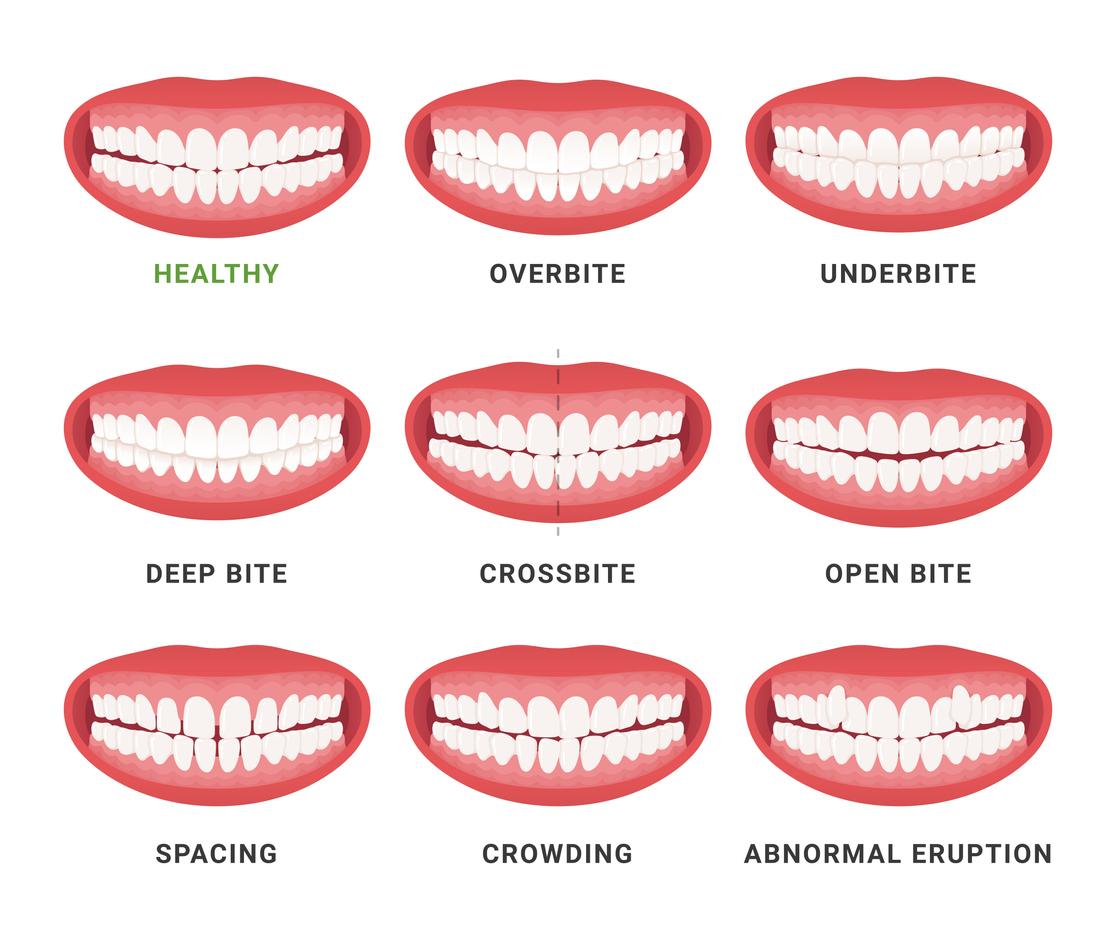Preserving Oral Health While Utilizing Invisalign: Tips for a Smooth Experience
Preserving Oral Health While Utilizing Invisalign: Tips for a Smooth Experience
Blog Article
Invisalign vs. Conventional Braces: Which Alternative Is Right for You?
When thinking about orthodontic therapy, the option between Invisalign and standard braces provides several vital elements that warrant careful analysis. Invisalign provides a very discreet alternative with removable aligners, while standard braces supply an extra visible yet efficient solution for serious imbalance. Each option includes distinctive benefits and disadvantages connected to appearances, comfort, treatment period, and price. Comprehending these subtleties is critical for making a notified choice that straightens with your individual preferences and way of life. The concern continues to be: which option will finest satisfy your orthodontic demands and assumptions?
Introduction of Therapy Choices

In comparison, typical dental braces include metal brackets and cables that are adhered to the teeth. This method applies constant stress with time to achieve alignment. While efficient for intricate orthodontic concerns, traditional braces need routine brows through for adjustments and can pose difficulties in preserving oral hygiene because of the problem of cleansing about cords and braces.
Both alternatives have their merits, and the choice frequently hinges on particular dental conditions, lifestyle choices, and patient conformity. Inevitably, consulting an orthodontic specialist is crucial for identifying one of the most ideal therapy strategy customized to individual needs. Understanding the nuances of each option can considerably influence the total success of orthodontic treatment.
Aesthetic Considerations
A significant variable influencing the selection in between Invisalign and standard braces is the visual charm each treatment offers. Invisalign aligners are crafted from clear plastic, making them basically undetectable when used. This discreet look is particularly appealing to young adults and adults who might feel awkward regarding their orthodontic therapy. The capability to maintain an all-natural smile throughout the alignment procedure can considerably boost the individual's confidence in expert and social setups.
In contrast, standard dental braces include steel braces and wires, which can be a lot more noticeable. While improvements in orthodontic modern technology have brought about the development of smaller braces and tinted elastics, traditional braces still preserve an even more conspicuous profile. For some individuals, the exposure of dental braces might deter them from seeking needed therapy.
Inevitably, the choice between Invisalign and conventional dental braces might rest on personal preferences concerning aesthetics. Patients who prioritize discretion frequently favor Invisalign, while those that are much less concerned concerning presence may go with traditional braces. Comprehending the aesthetic effects of each choice is vital for making a notified choice that straightens with one's way of living and preferences.
Convenience and Convenience

In regards to ease, Invisalign aligners are removable, enabling patients to appreciate their favorite foods without constraint and maintain ideal dental hygiene. Cleaning and flossing are streamlined, as the aligners can be secured throughout these routines, whereas conventional dental braces require careful maneuvering around cables and braces.
Additionally, Invisalign's dynamic system permits less orthodontic gos to. Clients normally receive several collections of aligners simultaneously, which can streamline the treatment process and reduce time invested in the orthodontist's chair. On the other hand, traditional dental braces require routine modifications, making them much less practical for those with busy schedules. Invisalign. Generally, the convenience and ease of Invisalign make it an attractive option for many people looking for orthodontic treatment.
Therapy Duration and Effectiveness
While both Invisalign and traditional braces work in fixing dental misalignments, the duration of therapy can vary considerably in between both alternatives. Generally, Invisalign therapy can take anywhere from 12 to 18 months, depending upon the intricacy of the instance. The clear aligners function by gradually moving teeth right into their preferred positions, and regular follow-ups with an orthodontist aid ensure progression continues to be on track.
On the other hand, standard dental braces often need a longer commitment, generally varying from 18 months to 3 years. This is due to their fixed nature and using brackets and wires, which can be more reliable for extreme imbalances and intricate situations (Invisalign). The therapy efficiency of typical dental braces is well-documented, as they enable for precise modifications and better control over tooth activity
Eventually, the option between Invisalign and conventional braces might hinge on both the anticipated therapy period and the specific oral issues available. Consulting with an orthodontist is vital, as they can offer tailored suggestions based upon private needs, guaranteeing the chosen technique lines up with desired durations and results.
Price Comparison and Insurance Policy Alternatives
Expense plays a considerable duty in the decision-making procedure for people taking into consideration orthodontic therapy, whether selecting Invisalign or traditional dental braces. Usually, the cost of Invisalign varieties from $3,000 to $8,000, while conventional dental braces typically set you back between $2,000 and $6,000. Elements influencing these prices include the intricacy of the situation, the duration of treatment, and geographical area.
Insurance policy insurance coverage can considerably influence out-of-pocket expenses. Several oral insurance policy plans provide partial insurance coverage for orthodontic therapies, however the specifics can differ extensively. It is crucial for individuals to review their insurance plan to figure out the level of coverage for either choice. Normally, traditional dental braces may be a lot more regularly covered by insurance policy strategies contrasted to Invisalign, have a peek at this website which some insurance providers categorize as an aesthetic procedure.
Furthermore, numerous orthodontic practices offer versatile layaway plan, making both therapy alternatives more easily accessible. Patients need to make inquiries regarding possible financing alternatives and discount rates for in advance payments. Assessing the total cost, consisting of insurance coverage benefits and layaway plan, is crucial for making a notified decision that aligns with both visual preferences and budget plan considerations.

Verdict
In recap, the option in between Invisalign and traditional braces depends upon several variables, including visual choices, comfort, treatment duration, and price. Invisalign supplies a very discreet, removable choice that promotes oral hygiene and dietary adaptability, while standard dental braces might be extra visit this page appropriate for complex oral problems and typically come with a lower price point. Inevitably, examination with an orthodontist is vital to examine specific circumstances and establish the most proper treatment option for achieving optimal oral alignment.
When thinking about orthodontic treatment, the selection between Invisalign and traditional dental braces more provides a number of important aspects that warrant careful assessment.Comparing Invisalign and conventional dental braces reveals distinct therapy options for orthodontic improvement.While both Invisalign and typical braces are effective in remedying oral misalignments, the period of therapy can differ dramatically between the two choices.Expense plays a considerable role in the decision-making process for people thinking about orthodontic treatment, whether opting for Invisalign or standard dental braces.In summary, the selection between Invisalign and typical dental braces hinges on multiple elements, including aesthetic preferences, comfort, treatment period, and cost.
Report this page